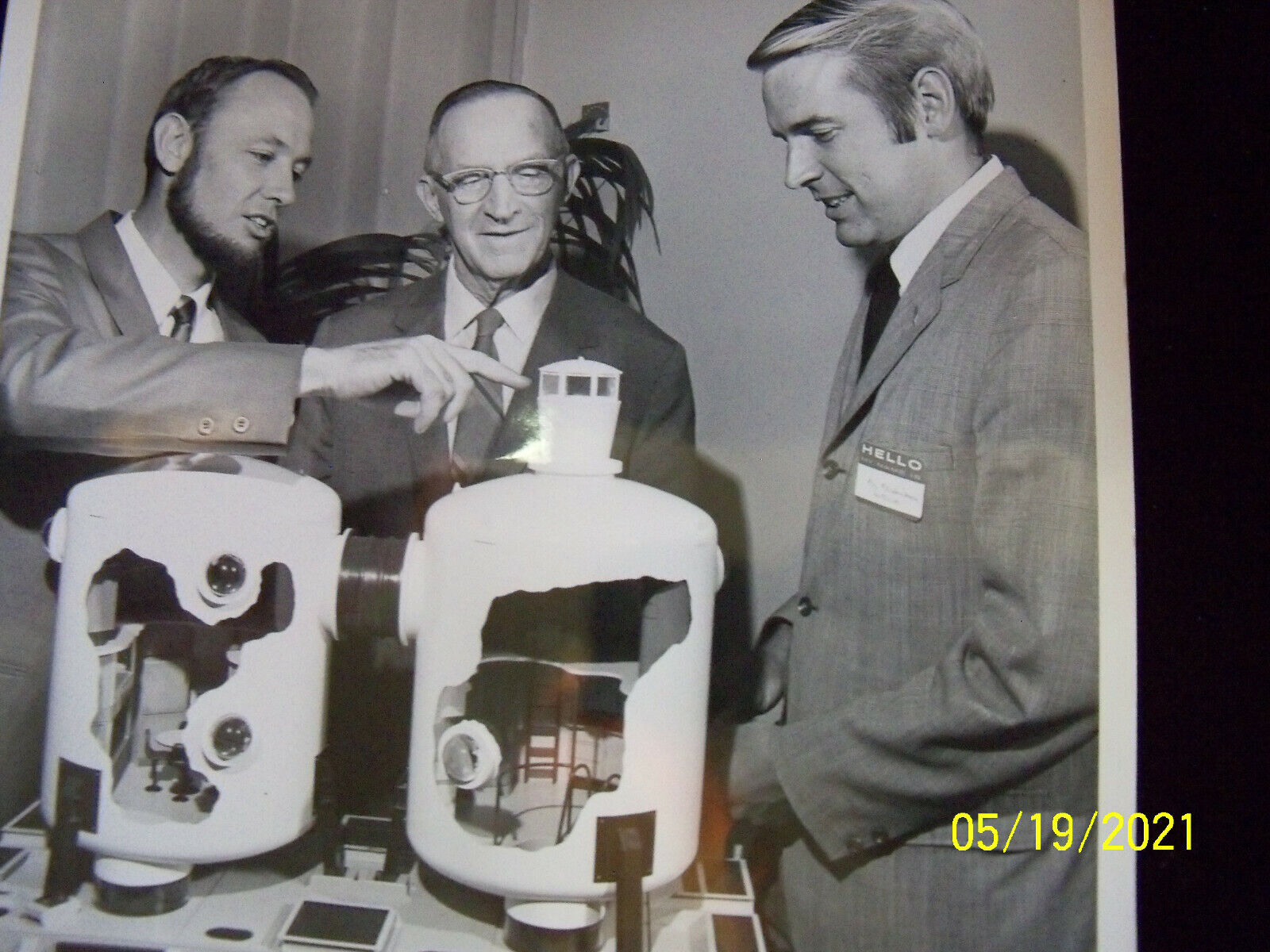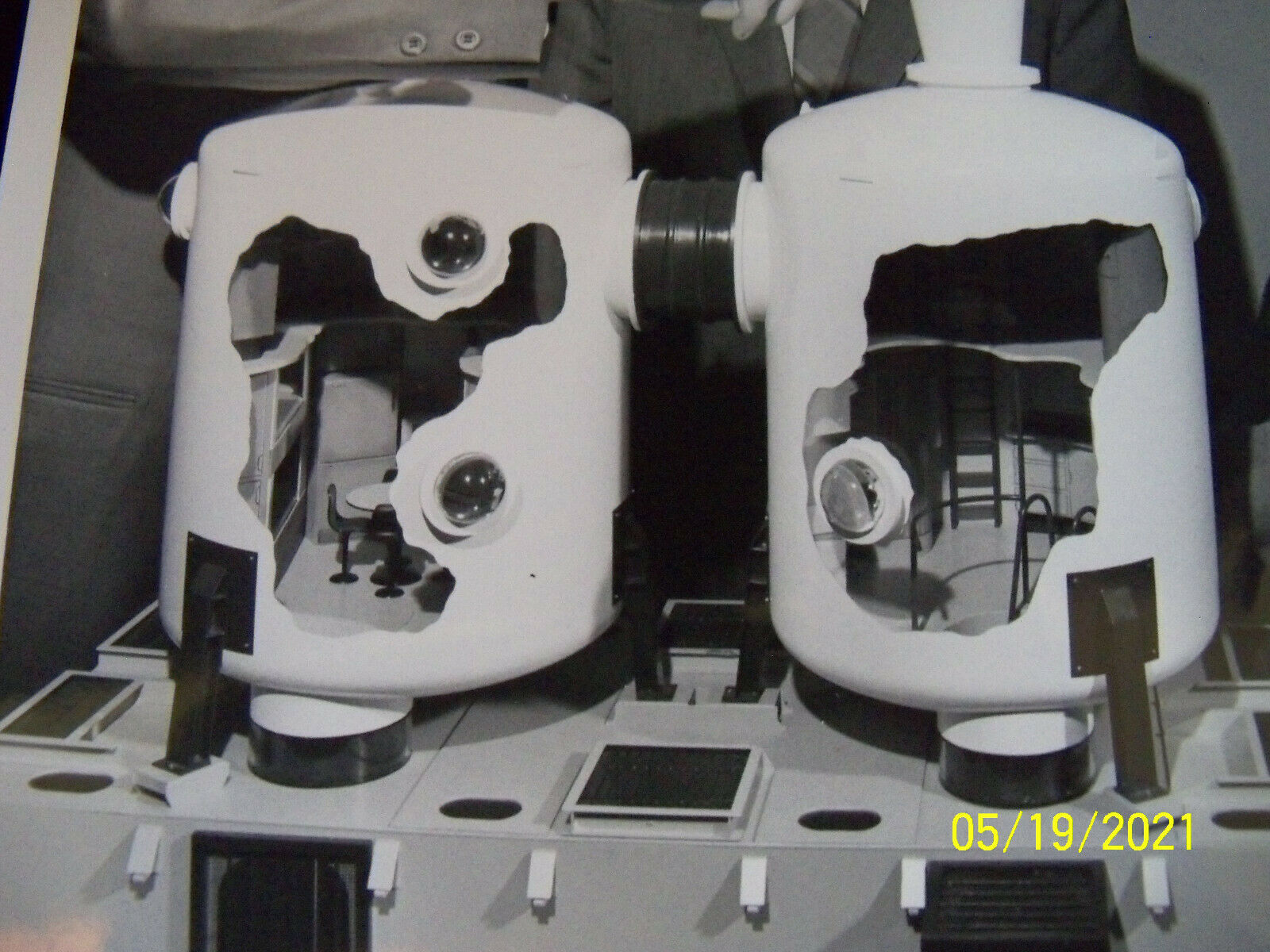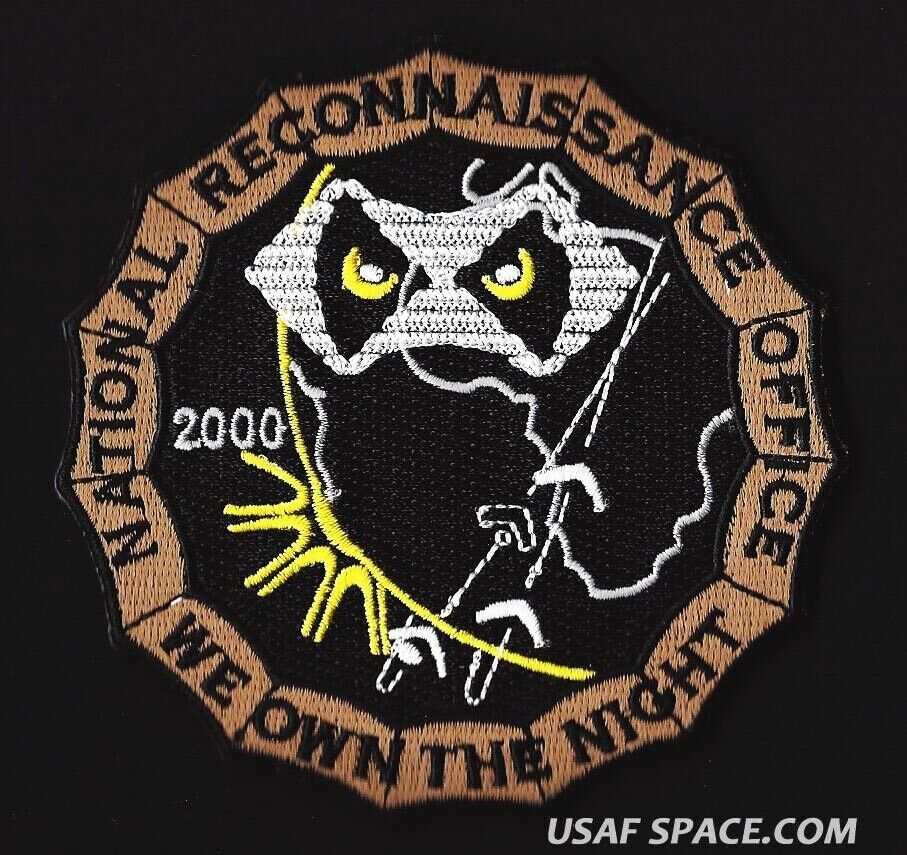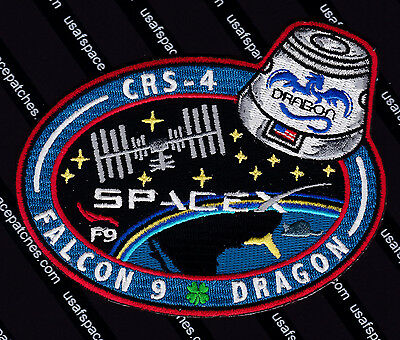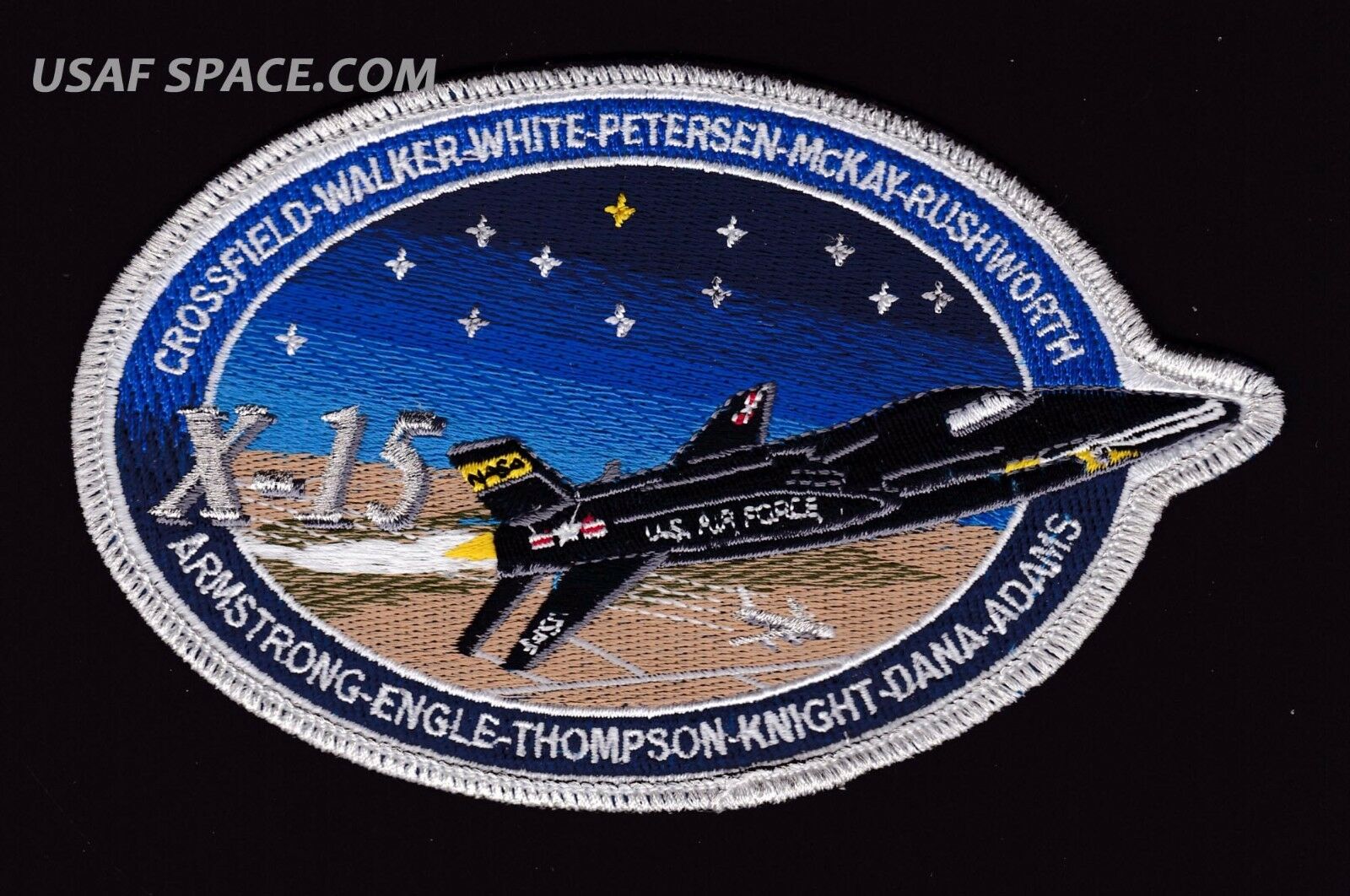-40%
1969 Aquanauts John Van Derwalker Conrad Mahnken &GA Goodling Tektite Underwater
$ 6.33
- Description
- Size Guide
Description
8x10 B/W photo from 5/15/1969 Aquanauts John Van Derwalker Conrad Mahnken & Pennsylvania Congressman George Atlee Goodling examining a model of the Tektite Underwater Tanks that supported 4 scientists from February 1969 thru mid-April 1969. See below to read about the project - this info comes from a synopsis of a movie made about the scientific mission.This auction is just for the 8x10 photo that is pictured. These are stock photos of the 8x10 photo you will receive.
""
SIXTY DAYS BENEATH THE SEA tells the story of the Tektite habitat. This was an underwater laboratory which was the home to divers during Tektite I and II programs. The Tektite program was the first scientists-in-the-sea program sponsored nationally. The habitat capsule was placed in Great Lameshur Bay, Saint John, U.S. Virgin Islands in 1969 and again in 1970.
The Tektite habitat was designed and built by General Electric Company Space Division at the Valley Forge Space Technology Center in King of Prussia, Pennsylvania. The Project Engineer who was responsible for the design of the habitat was Brooks Tenney, Jr. Brooks also served as the underwater Habitat Engineer on the International Mission, the last mission on the Tektite II project. The Program Manager for the Tektite projects was Dr. Theodore Marton at General Electric. The Habitat appears as a pair of silos: two white metal cylinders 4 m in diameter, 6 m high, joined by a flexible tunnel and seated on a rectangular base in 15 m of water.
On February 15, 1969, four U. S. Department of Interior scientists (Ed Clifton, Conrad Mahnken, Richard Waller and John VanDerwalker) descended to the ocean floor in Great Lameshur Bay in the U. S. Virgin Islands to begin an ambitious diving project dubbed "Tektite I". By March 18, 1969, the four aquanauts had established a new world's record for saturated diving by a single team. On April 15, 1969, the aquanaut team returned to the surface with over 58 days of marine scientific studies. More than 19 hours of decompression time were needed to accommodate the scientists' return to the surface. The United States Office of Naval Research coordinated Tektite I.
Much of the research for Tektite I centered on humans in this new environment. Topics investigated would include: biology (blood changes, sleep patterns, oxygen toxicity), decompression and decompression sickness, microbiology and mycology.
""
Condition is "Used".
See photos to determine condition.
